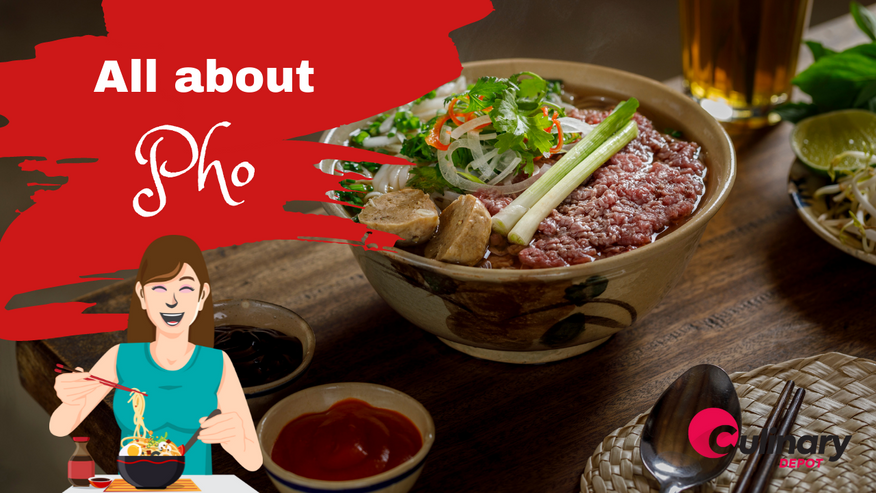Dec 8th 2022 - Monica Cunanan
What is Pho? History, Pronunciation, and more!
The Vietnamese noodle soup pho is the ultimate comfort food, but what exactly is it and what's in it? Discover the ingredients and history of this hearty noodle meal.
What is Pho?
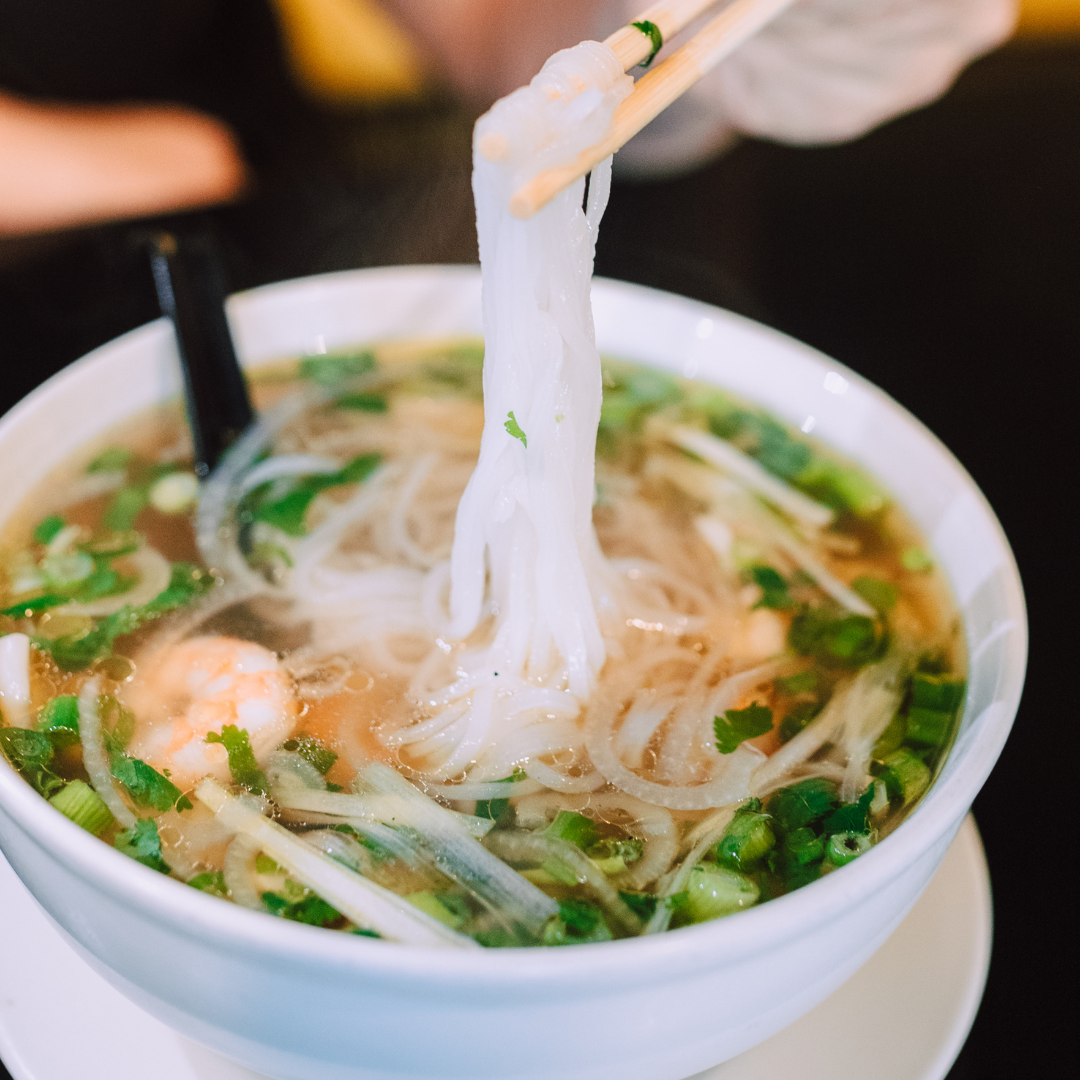
Phở is a Vietnamese noodle dish that is usually made from chicken or pork stock, rice vermicelli (bánh phở), and thin slices of meat. It's often served with bean shoots and other fresh herbs on top. Not to be confused, but different from Japanese ramen, phở is made with Vietnamese-style flatbreads called bánh mì. There are many different types of pho. Phở Nam is the most popular type of Vietnamese noodle soup. It originated in southern Vietnam. Phở Bac is another type of Vietnamese noodle dish originating in northern Vietnam.
What Is Pho and What Is It Made Of?
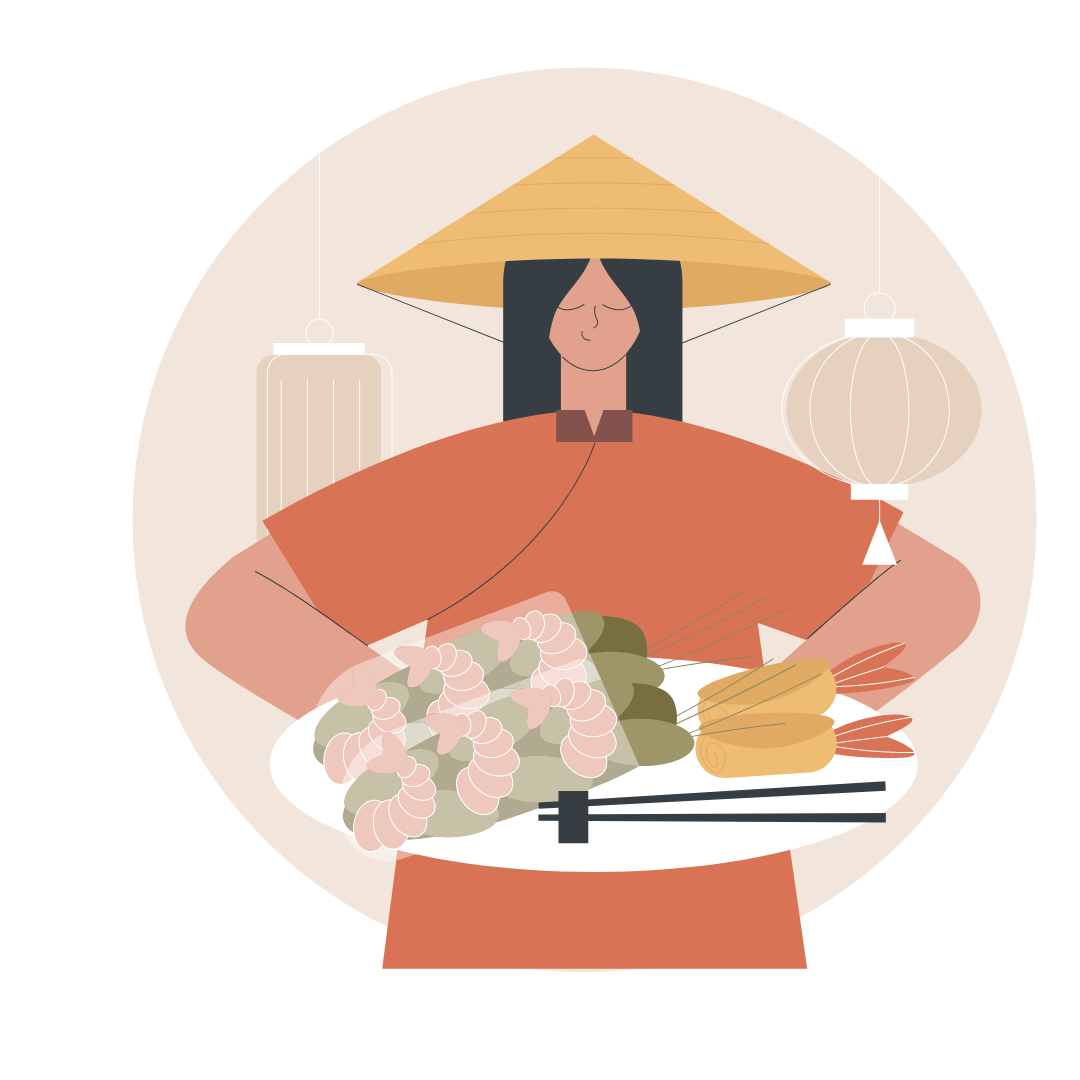
Phở is a traditional Vietnamese soup made from chicken stock, rice vermicelli, and thin slices of meat. You could also serve it with beansprouts, fresh herbs, lime juice, chili peppers, and other garnishments.
It’s not clear exactly where phở came from, but it was probably invented some time between 1920 and 1940 in Northern Vietnam. After the division of the nation in 1954, it eventually migrated southward and gained even more popularity among other countries due to the influx of Vietnamese refugees who brought it to them during the Vietnam War.
How to Pronounce Pho
Here's a bit of info that will help you pronounce phở correctly: Phở is usually spelled phonetically as "phuh," not "faux." However, there are slight variations in pronunciations between North and South Vietnam, so if you're unsure, just go with "fuh."
Pho actually comes from the French words feu (fire)\. Back to the murky origins of pho, which suggests that pho could be an adaptation of the French dish pot au feu.
How to Eat Pho
Beef pho is usually made with a large serving of broth and rice noodles, and is accompanied by a small dish of thinly cut beef and some fresh garnishings like basil, cilantro, and radishes. Most pho restaurants offer additional condiments for people who want them. These include hoisin, soy, sriracha, and hot sauces. Each bowl of pho is different from the next one. You can use many different ingredients to customize the broth to your liking.

- Start by including some raw meat in your broth.
- After adding the meat and vegetables, top them off with whatever you want. First add the aromatic herbs, such as basil and coriander, so they can infuse into the stock.
- After that, add the garnish ingredients that flavor the soup, including beansprouts, radish slices, and chili peppers.
- To finish it off, add anything extra to my meal.
- Add chili paste, hoisin, and a pinch of salt.
Pho vs. Ramen
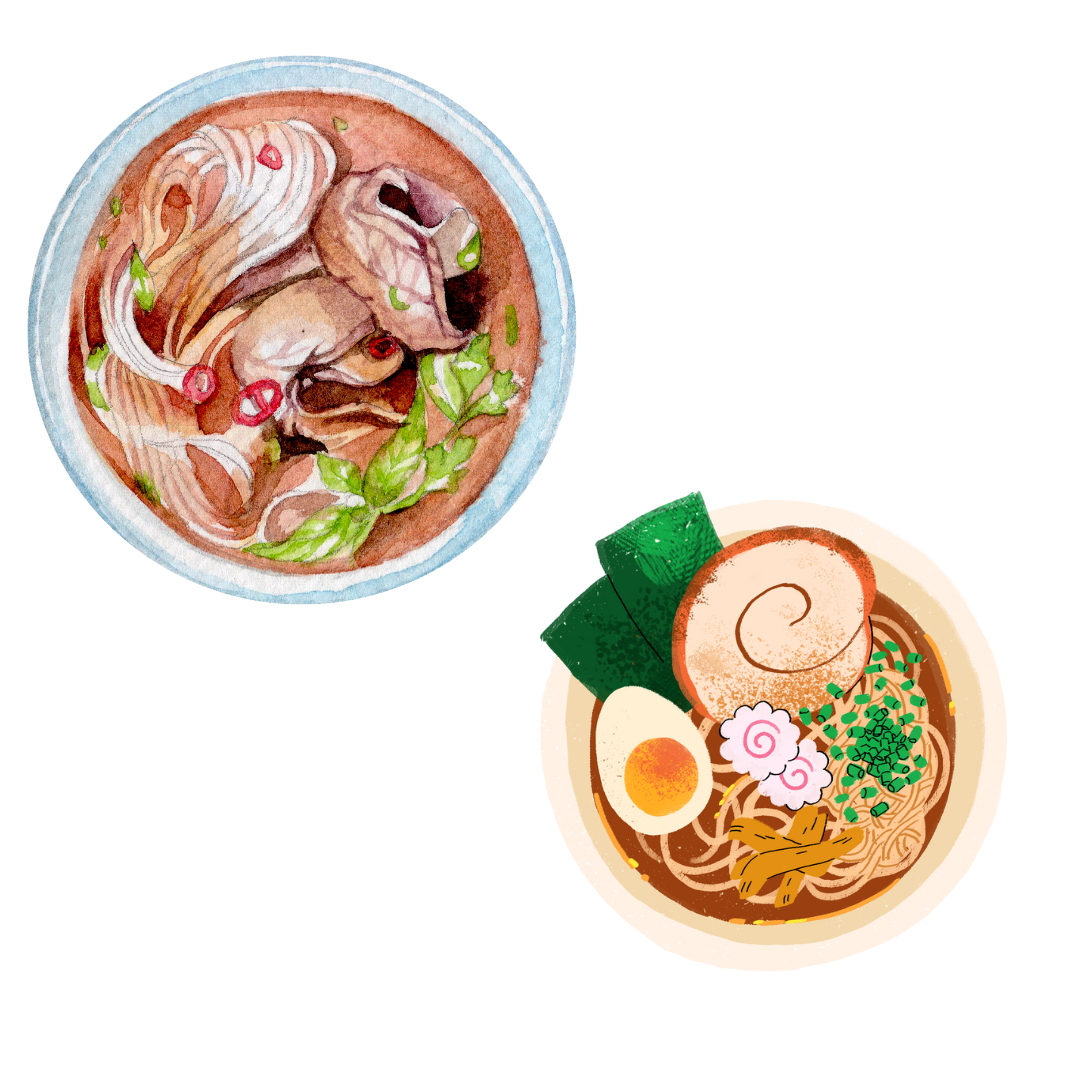
They may seem similar at first glance, but pho and Ramen are quite different dishes. Ramen is a traditional Japanese noodle soup made from wheat noodles and hearty stock, whereas pho is a Vietnamese noodle soup consisting of rice noodles in a clear, flavorful stock.
Growing up in Vietnam during the 1970s, most people ate predominantly rice noodle dishes, because they didn't really have access to wheat.
See More: Types of Ramen You Need to Try
Types of Pho
Phở moved from North Vietnam to Southern Vietnam after the partition of the country in 1954. The results were two different kinds of pho, one from Bac Ninh province and another from Nam Dinh province.
Pho Bac
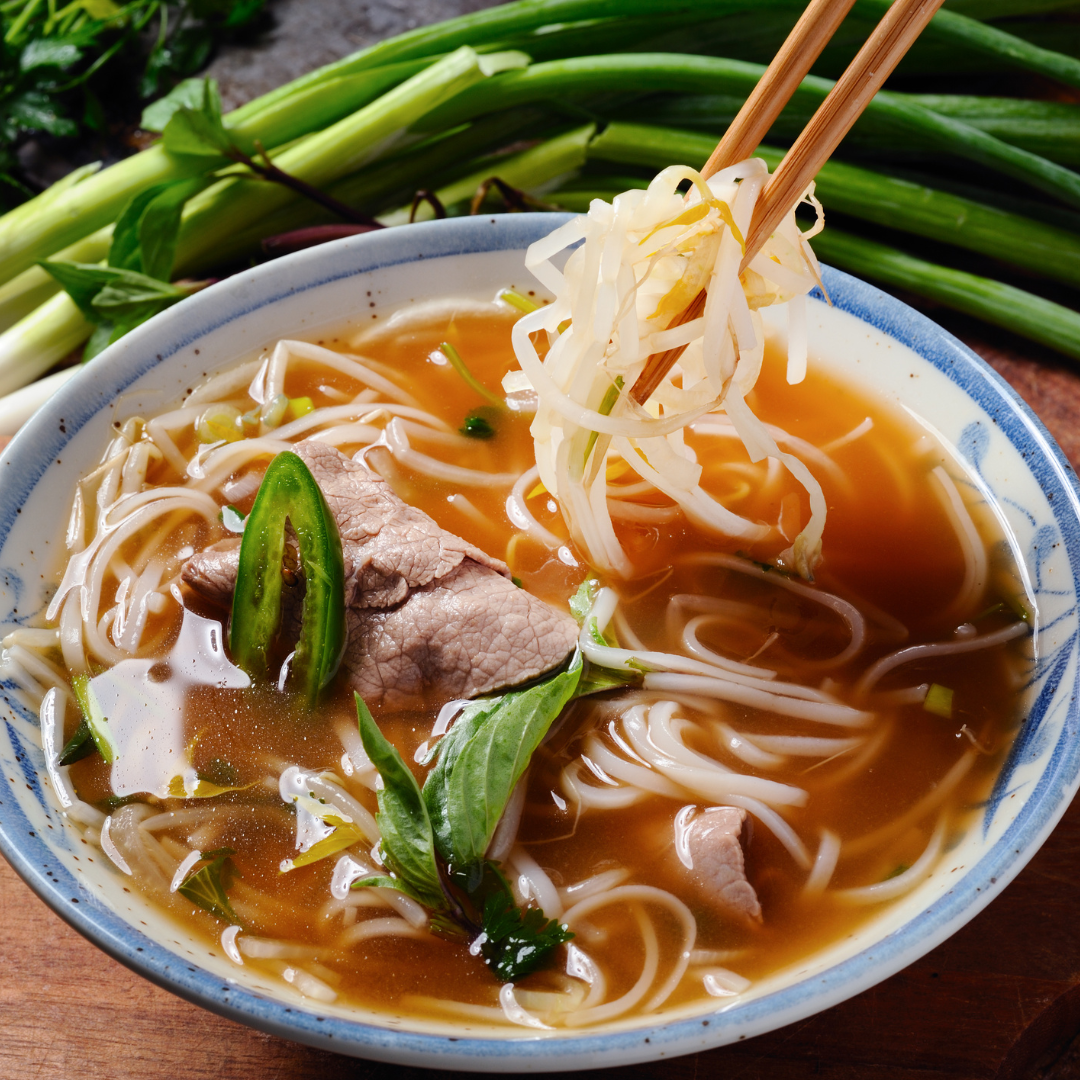
Northern Vietnamese pho is considered the original pho. It's known for its mild flavor, clear bone broths, wide noodles, and additions of green onions.
Pho Nam
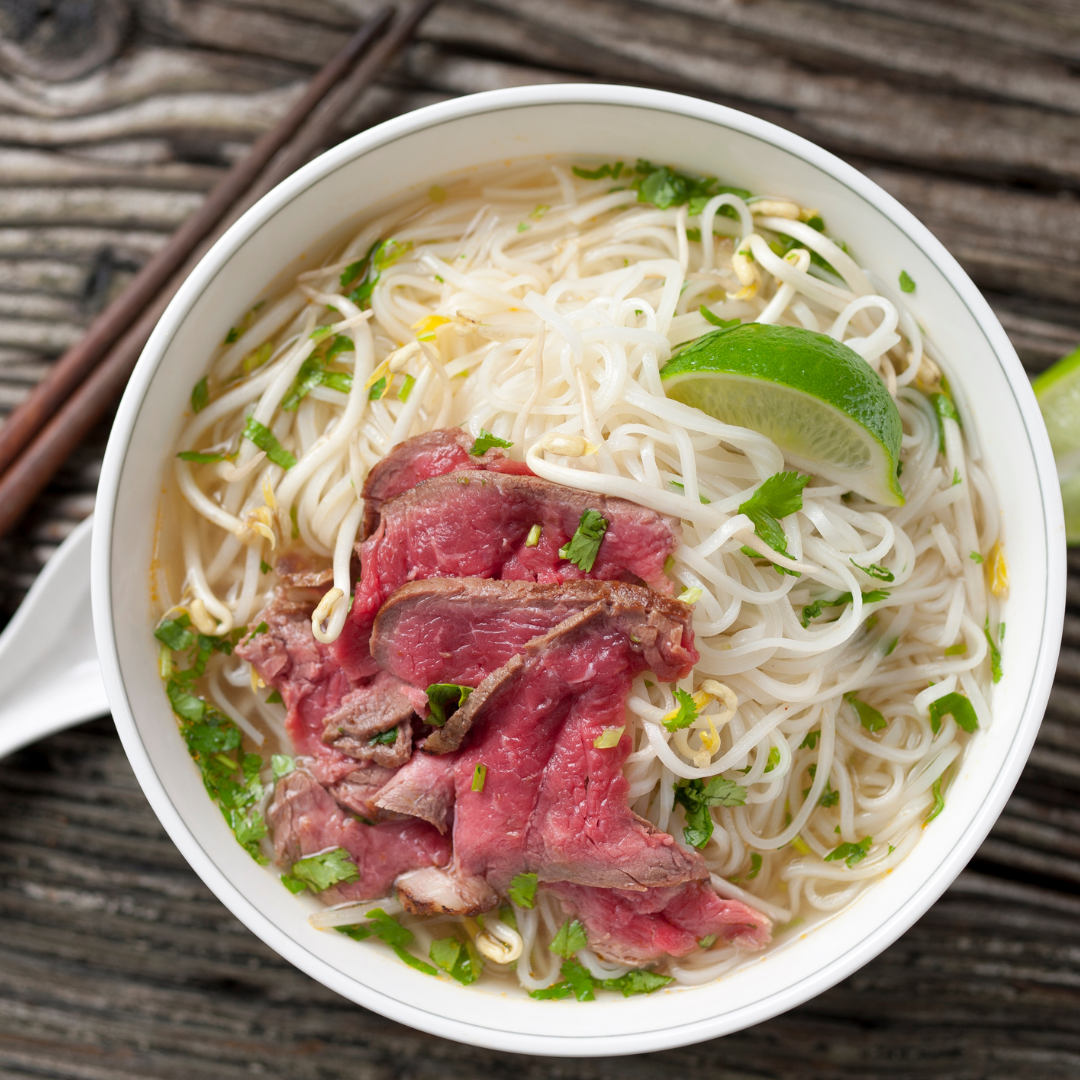
Pho Nam is famous for its bolder broths and thinner noodles. Pho is usually made from beef bones, but you can use any animal part to make pho. Typically served with bean sprouts and herb toppings.
History of Pho

It is believed that pho originated in the Nam Dinh region of North Vietnam after the colonization of the country by France in the late 1880’s. Phở is believed to come from the French word for fire (feu) .
However, there is no evidence to support this claim. Pho Bac, the original pho,i a soup made from boiled pork bones. It is considered one of the most popular soups in Vietnam. The broth is accompanied only by rice noodles and and thinly sliced beef. After the second world war, many people from North Vietnam moved to South Vietnam to escape the communist rule of the North. This led to the creation of pho nam.
Pho nam is usually made with a broth that is seasoned with many spices and heavily garnished with fresh herbs such as bean sprouts, basil, and cilantro. Pho nam became popular in southern Vietnam and is still commonly sold by street vendors due to its convenience. After the fall of Saigon at the end of the Vietnamese conflict, many people of the South fled to various parts of the world, allowing the spread pho along with other Vietnamese dishes. Pho is now easily found in many places of the world and is very popular on social media.
Tips for Home Cooks
Thai basil leaves are often served with pho.
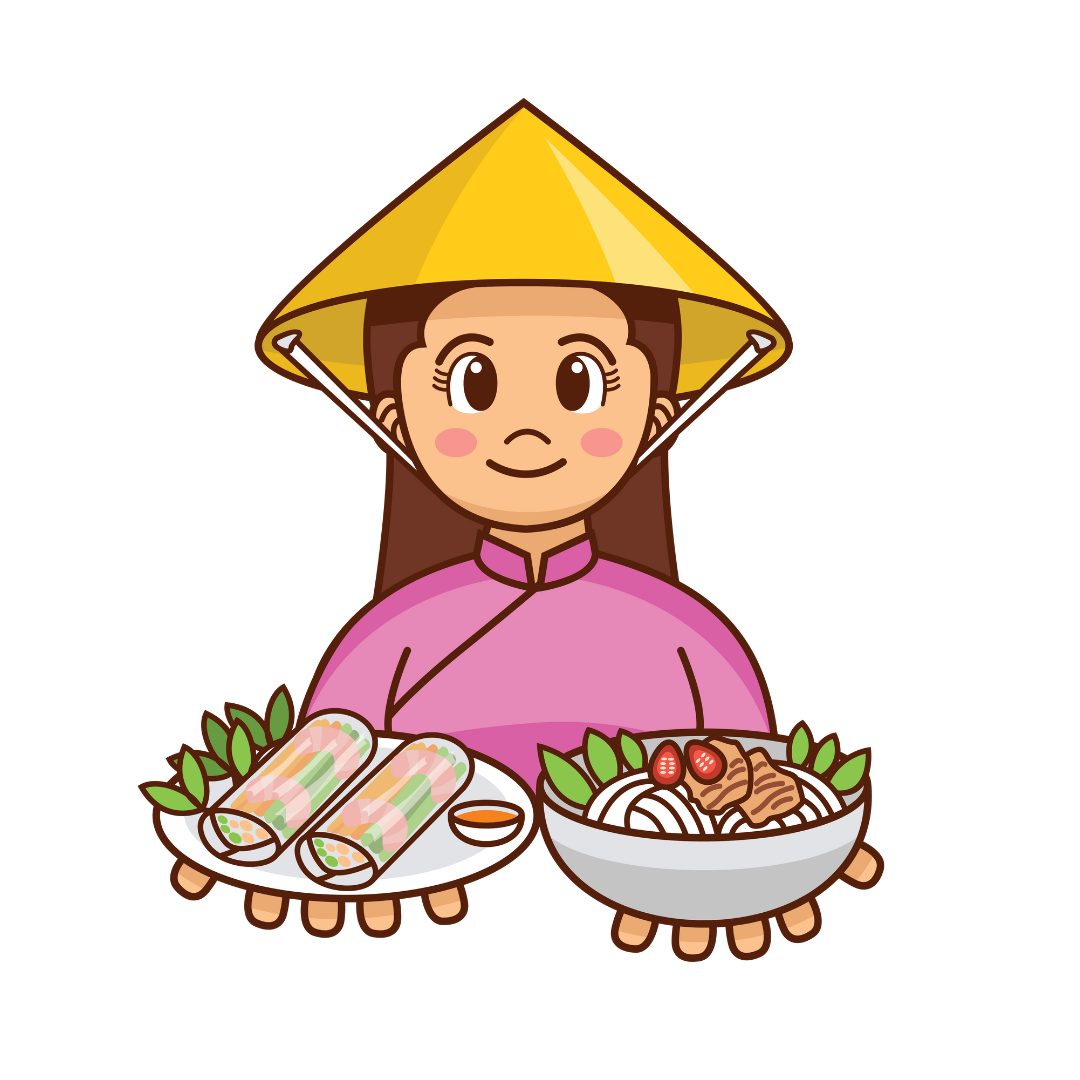
Making pho at home can be as simple or exacting as cooks have time for. Most people get the best results by following traditional methods as much as possible, including simmering the broth for at least a few hours.
Those with compressed time can often get similar results with prepared chicken, beef, or fish broth, though it is usually a good idea to sprinkle in at least some seasonings to add depth.
Using fresh rice noodles is usually also the best course of action, but buying dried versions is often a lot more practical. Reconstituting the noodles in the broth generally gives the best results.
Some shops sell all-in-one “kits” containing everything needed for making a meal, but most of these are inferior to fresh ingredients. However, the soup starts, though, there is always plenty of room for creative cooks to innovate and add their own mark. Using fresh spices, vegetables, and herbs are easy ways to make even the blandest meals taste like they took hours to prepare.

